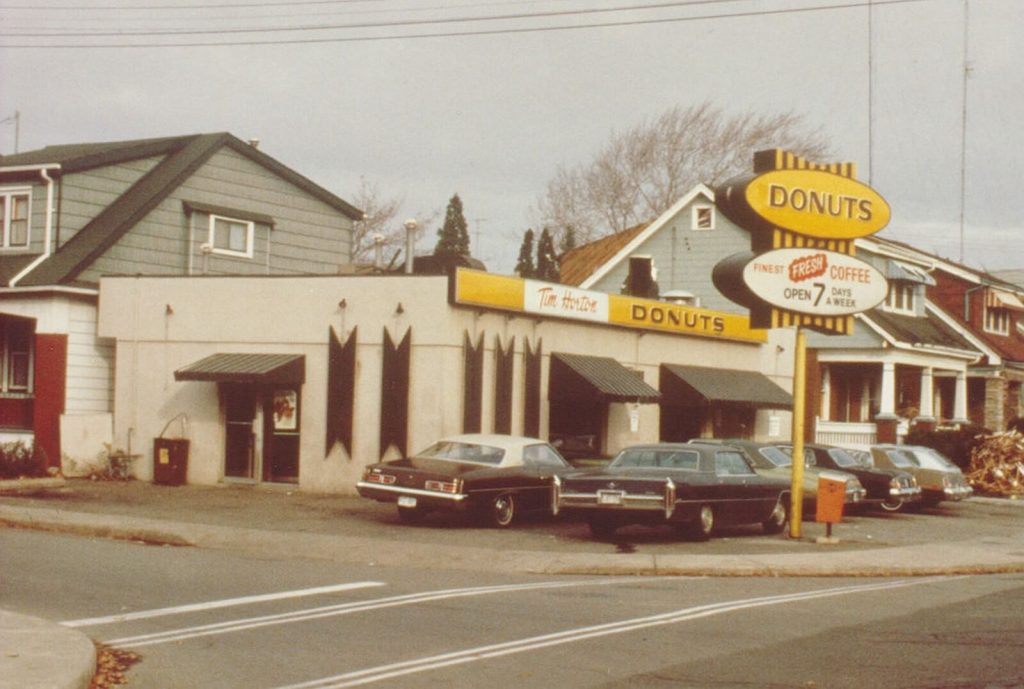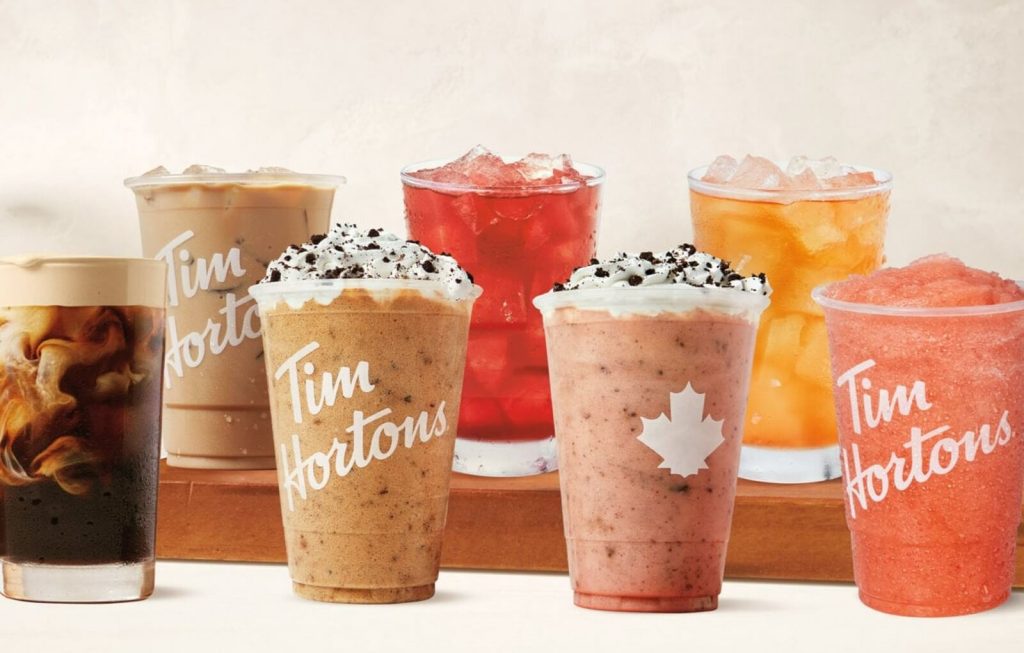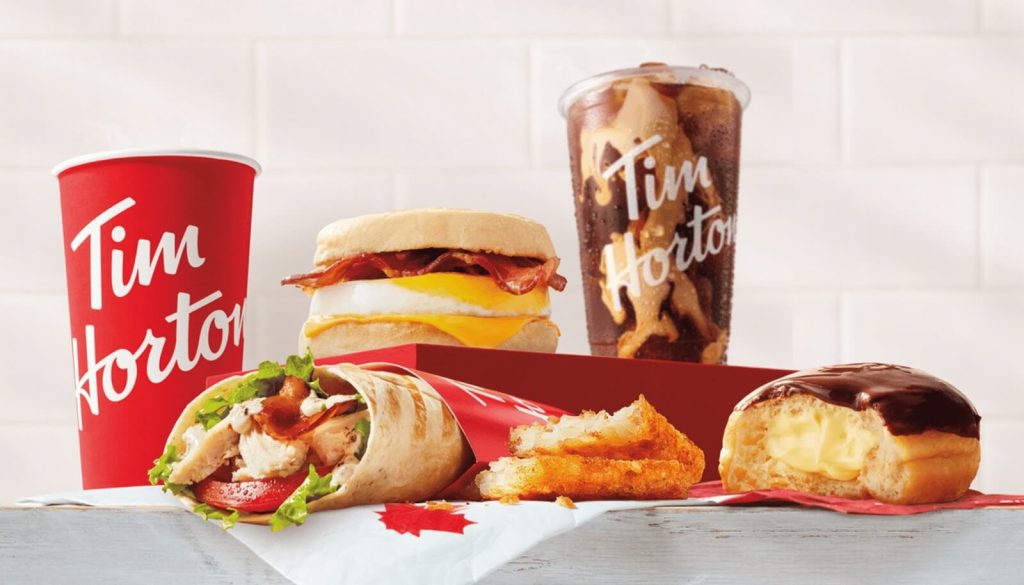No products in the cart.
The Double Double Story
Can I have a double double, please? What distinguishes us as uniquely Canadian.
One7 designers have always been enthralled by the national cultural icons that have shaped who we are. Here, One7 store set out to investigate and develop a variety of designs that accurately depict our icons.
Answers to the seemingly straightforward question “What is a Canadian?” are frequently expressionless. The diverse topography, regions, and ethnic makeup of Canada, the second-largest country in the world, leave its residents seeking for a distinctive identity and clinging to anything that can help define them as “Canadian.” Canada takes great pleasure in its multicultural society, which begs the question: If variety is what unites us, do we actually share anything else? There are prevailing beliefs about what makes Canada distinctive, both domestically and internationally. The nation’s love of hockey and its desire to set itself apart from America are two factors that are generally seen as the foundation of Canadian identity.

The fast food chain Tim Hortons has embraced these national symbols and contributed to the definition of what it means to be Canadian. In order to establish itself in the Canadian market, Tim Hortons had to adopt the few acceptable elements of the Canadian identity, which is what this essay will examine. Because Canada lacked a common identity, Tim Hortons became a symbol that all Canadians could identify with—rich, poor, educated, blue collar, spanning all regions, ethnicities, and even political party lines—making it a successful commercial strategy. New “Canadianisms” that Canadians are happy to use and be identified with have emerged as a result of Tim Hortons’ adoption by the country. The vernacular of Canadians shows their adoption of Tim Hortons as a part of their national identity.

Tim Hortons established a bond with Canadians early on. In honour of its co-founder, Toronto Maple Leafs defenseman Tim Horton, Tim Hortons was established in 1964. The restaurant’s name alone conjures up “memories of the Leafs’ four Stanley Cup victories and the glory days of hockey in the 1960s” for the millions of Leafs supporters (S. Harper, 2009). As a result, the name Tim Horton (we go into more detail about the change to Tim Hortons below) was essential to building a rapport with its Canadian clientele.

Canada often gravitates towards things that are uniquely Canadian, or at least seem to be, in an effort to set itself apart from its dominant neighbour. Tim Hortons is a good example of this. The fact that “Timmies” is a domestic company is a source of great pride for the country. However, Tim Hortons entered the American market by joining up with Wendy’s International Inc. in 1995. Tim Hortons relocated its corporate headquarters to the US, making it a legally recognised American-managed business. The relationship that Canadians had with their Tim Hortons did not seem to be affected by the fact that their national symbol had changed to be American and Canadian. Prime Minister Stephen Harper remarked, “I’m not sure many Canadians would believe you actually ever moved away” (S. Harper, 2009) after Tim Hortons relocated its corporate headquarters back to Canada on September 29, 2009. Tim Hortons appears to have been conscious of the negative impact it would have had on the company’s reputation and financial success if Canadians had begun to link their beloved Tim Hortons with America, as seen by the fact that this corporate relocation to America was not well publicised or well known in Canadian circles.

The love and devotion that Canadians have for Tim Hortons is evident in the way they communicate. “Double-double” was a new word that was introduced to the Canadian Oxford Dictionary in 2004 (“Double-double,” 2004). The term “double-double,” which refers to a coffee with two creams and two sugars, was originally only used in Tim Hortons coffee shops but has since spread across Canada, forming an isogloss at the US-Canada border. There are other words that originated at Tim Hortons that are now widely used, even though “double double” is the only instance of Tim Hortons slang to be listed in a dictionary. Examples include “ice cap,” for an iced cappuccino, “triple-triple,” for three creams and three sugars, “four by four,” for four creams and sugars (a common order in Kandahar), and “timbit,” for a bite-sized doughnut. Also referred to as “Timbits” are young children, particularly those taking part in the Timbit Minor Sports Programme. The fact that these expressions are now commonplace among Canadians speaks volumes about Tim Hortons’ influence and level of cultural penetration.

The diversity of Canada has prevented the formation of a strong sense of national identity. Despite this, Canadians appear to share three characteristics that define them as a nation: their independence from the United States, their passion for hockey, and their love of Tim Hortons coffee and baked products. By equating itself with the other well-known facets of the Canadian identity, Tim Hortons established its position in the country. Tim Hortons was able to fill the hole created by the absence of a more distinct Canadian identity.
The authentic celebration and uniqueness of Canadian culture is brought to you by One7 Store. We might declare with pride, “It’s my Double Double!”


Leave a Reply